When it comes to contraception, many people are familiar with pills, IUDs, and condoms. But there’s one method that often goes unnoticed unless you’ve personally used it or know someone who has—the birth control stick. If you’ve ever seen one and wondered what it is, you’re not alone. Let’s dive deep into this discreet yet highly effective form of birth control.
What Is the Birth Control Stick?

The birth control stick, also known as the contraceptive implant, is a small, flexible rod inserted under the skin of a woman’s upper arm. This tiny device releases hormones to prevent pregnancy for several years, making it one of the most convenient long-term birth control options available.
Unlike birth control pills that require daily intake or patches that need to be changed weekly, the implant offers a hassle-free solution. It’s a “set it and forget it” kind of birth control—ideal for those who don’t want to worry about contraception on a daily basis.
How Does It Work?
The implant slowly releases a hormone called progestin into the bloodstream. This hormone primarily works in three ways to prevent pregnancy:
- Stopping Ovulation – If an egg isn’t released from the ovaries, sperm has nothing to fertilize.
- Thickening Cervical Mucus – This makes it difficult for sperm to swim through the cervix and reach an egg.
- Thinning the Uterine Lining – Even if an egg were to be fertilized, a thinner uterine lining makes implantation highly unlikely.
Because it operates on multiple levels, the birth control stick is one of the most effective contraceptive methods available, with a success rate of over 99%.
The Process of Getting It Inserted
Many people feel uneasy about the idea of having something placed under their skin, but the insertion process is quick and relatively painless. Here’s what to expect:
- A healthcare provider numbs a small area on your upper arm.
- A tiny incision is made, and the flexible rod is inserted just under the skin.
- The entire process takes just a few minutes and requires no stitches—just a small bandage.
Most people experience little to no discomfort after the procedure, and the implant starts working almost immediately if inserted at the right time in the menstrual cycle.
Who Should Consider the Birth Control Stick?
This form of birth control is ideal for those who:
- Want long-term protection against pregnancy without daily maintenance
- Cannot use estrogen-based contraception (like some birth control pills)
- Prefer a highly effective, reversible option
- Have busy lifestyles and don’t want to worry about forgetting to take a pill
However, it’s not for everyone. Some women may experience side effects, such as irregular bleeding, headaches, or changes in mood. It’s important to discuss with a healthcare provider whether this method is right for you.
Common Misconceptions About the Birth Control Stick
Because the implant isn’t as well-known as other birth control methods, several myths surround its use. Let’s debunk some of the most common ones:
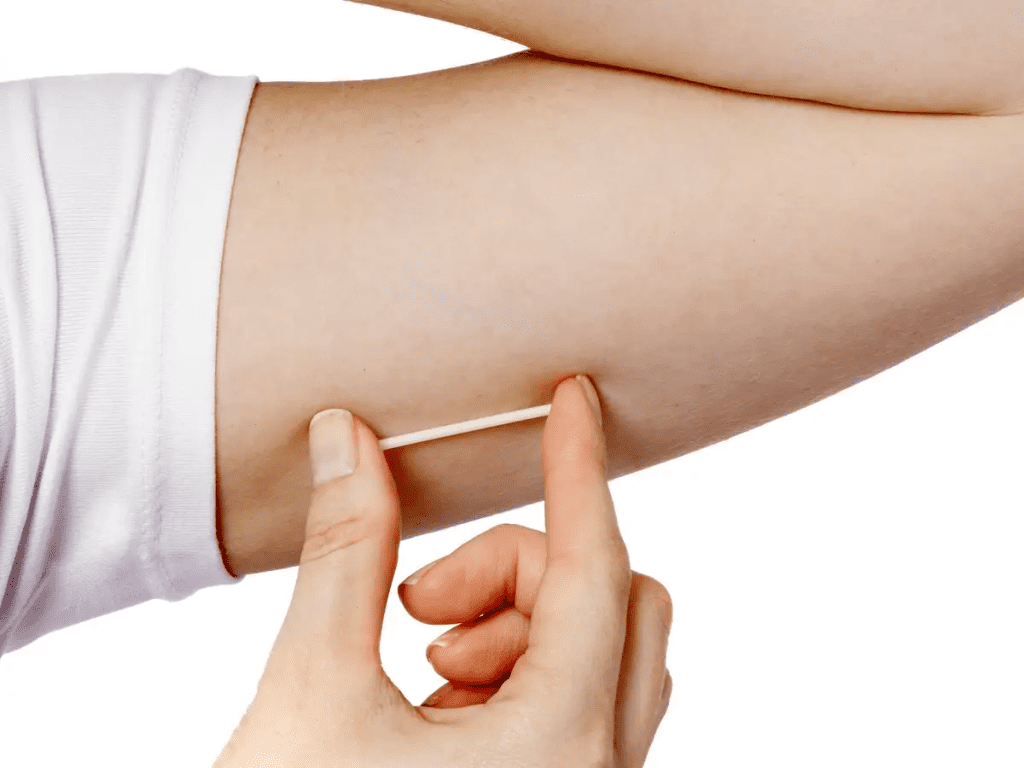
- “It’s painful to get inserted.”
The insertion process is quick, and most people only feel a slight pinch when the numbing agent is applied. - “It can travel through your body.”
The implant stays in place under the skin. It does not move around your body or get lost. - “It makes you infertile.”
Fertility typically returns quickly after the implant is removed. Many women are able to conceive within a few months. - “It’s visible under the skin.”
While you may feel the implant if you press on the area, it is not visibly noticeable.
How Long Does It Last?
One of the biggest benefits of the birth control stick is its longevity. Depending on the brand, it can last anywhere from three to five years before needing replacement. If at any point you decide you want to conceive, it can be removed, and fertility usually returns within weeks or months.
The Removal Process

Just like insertion, removal is a straightforward procedure. A small incision is made in the same area, and the implant is gently taken out. Some women may experience a bit of bruising or tenderness, but recovery is usually quick.
Final Thoughts: Is the Birth Control Stick Right for You?
The birth control stick is a game-changer for many women who want a low-maintenance, highly effective contraceptive. If you’re tired of remembering to take a pill every day or dealing with other short-term birth control methods, this might be the perfect option.
Of course, every person’s body reacts differently to hormonal contraception, so it’s always best to consult a healthcare provider before making a decision. But if you’re looking for convenience, effectiveness, and long-term peace of mind, the birth control stick might just be the best-kept secret in contraception.
The spouses wanted to adopt cat, so they picked the saddest and most unhappy cat out of all of them: Within hours, the cheerful animal underwent incredible transformation!
Introducing BenBen, widely regarded as the internet’s most poignant feline story.
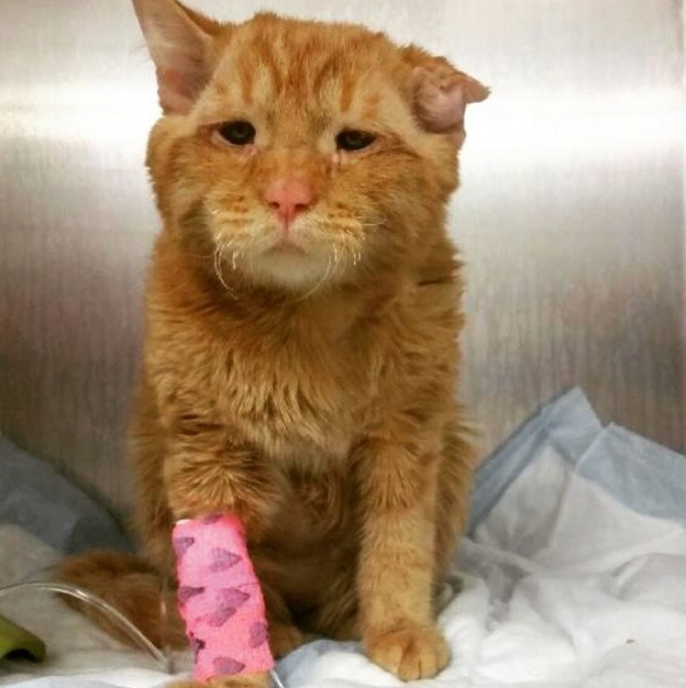
BenBen faced a bleak future in a shelter, his journey marred by a fractured back, severe cuts, and a damaged ear, a testament to his harrowing ordeal.
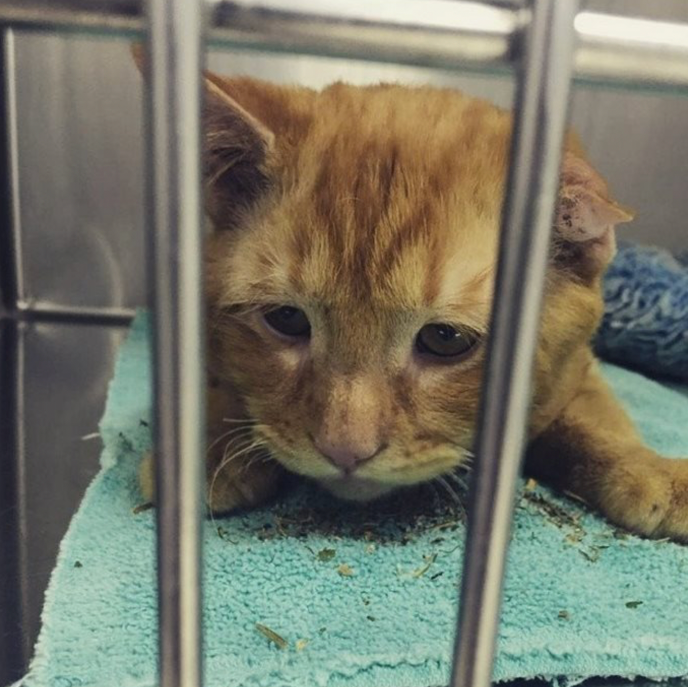
It appeared BenBen had encountered a larger animal, leaving him in a dire state. Shelter staff observed him withdrawn, not eating or moving much, resigned to his fate.
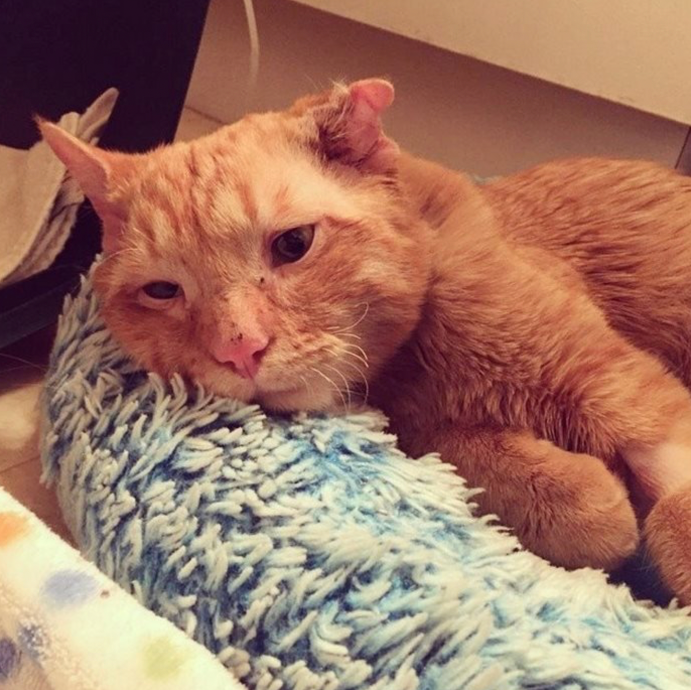
Fortunately, a compassionate veterinary worker intervened, offering BenBen a lifeline. The transformation was nothing short of astonishing.
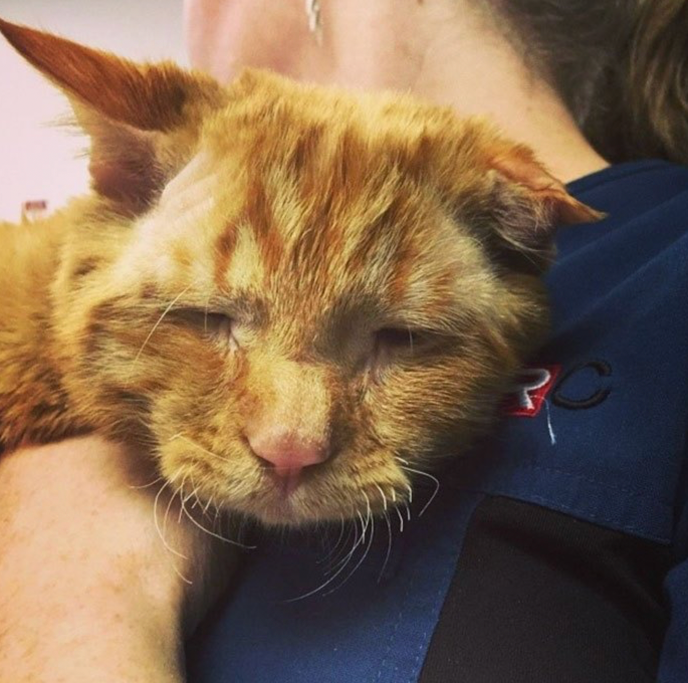
Within hours of arriving at his new abode, BenBen underwent a remarkable shift.
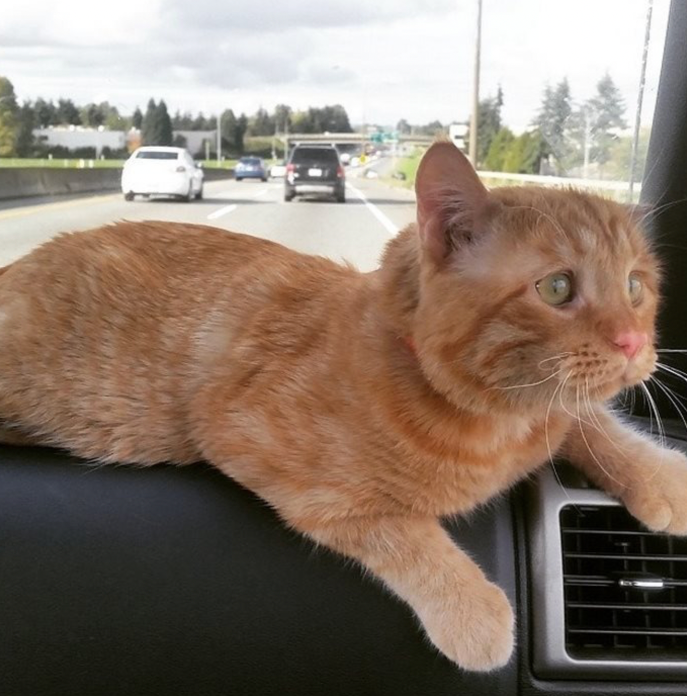
He began purring, smiling, and seeking affection, a clear indication of gratitude and newfound comfort. It seemed he finally realized he was safe and loved, embracing his second chance wholeheartedly.
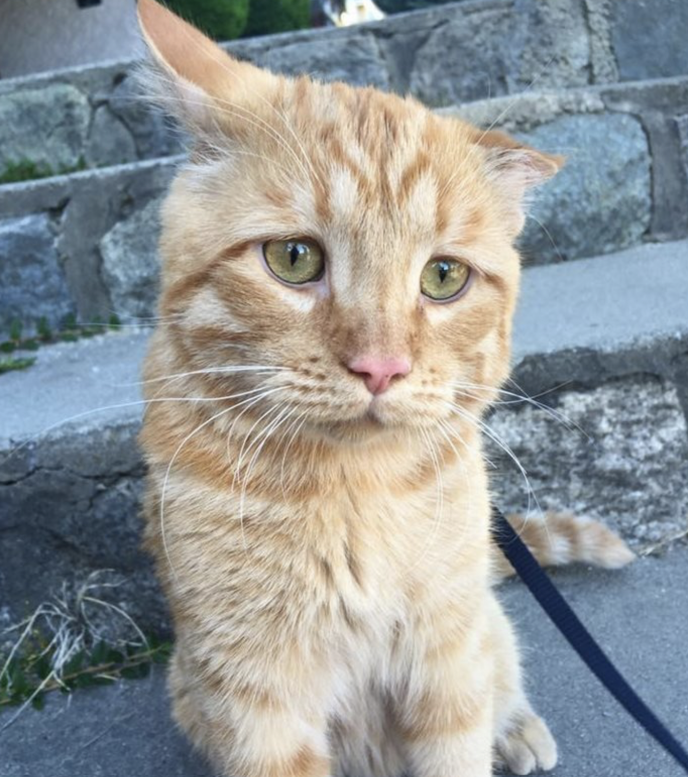
Against medical predictions, BenBen not only regained mobility but also started running and jumping with joy. Despite ongoing medical needs, BenBen’s demeanor transformed from the most desolate to the most content cat imaginable.

Credit goes to the dedicated individuals who refused to give up on BenBen, ensuring he not only survived but thrived. His story stands as a testament to resilience and the transformative power of compassion.




Leave a Reply